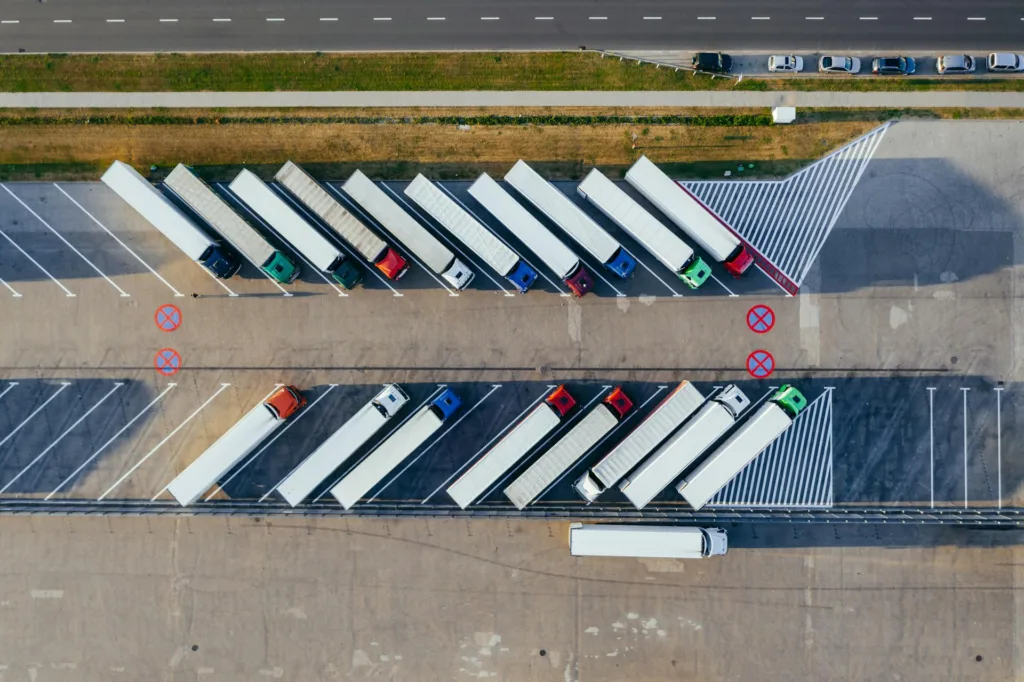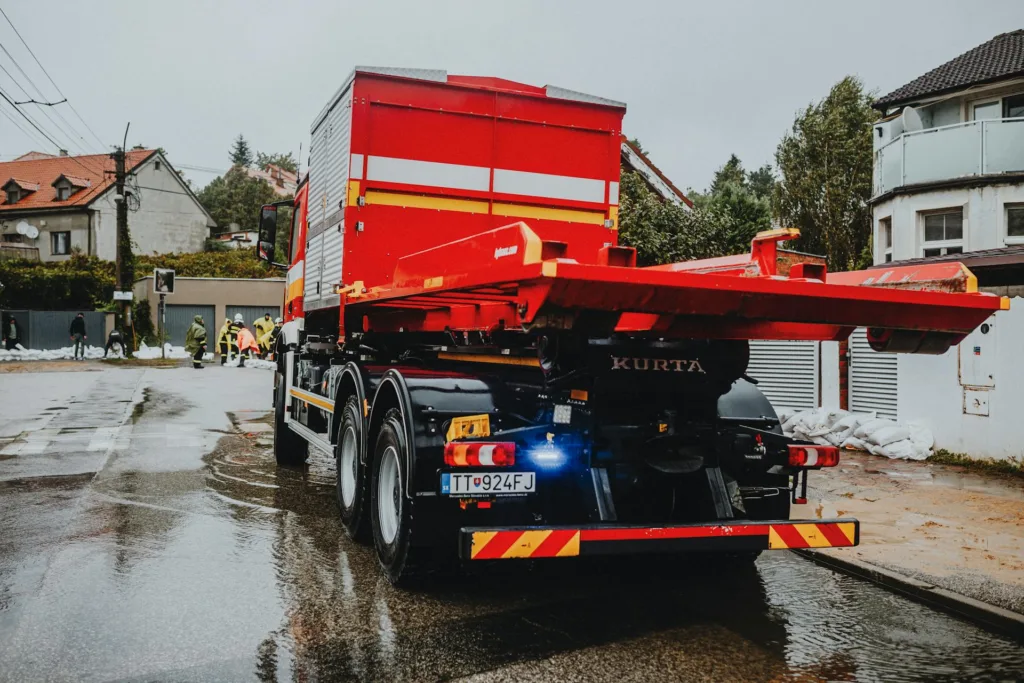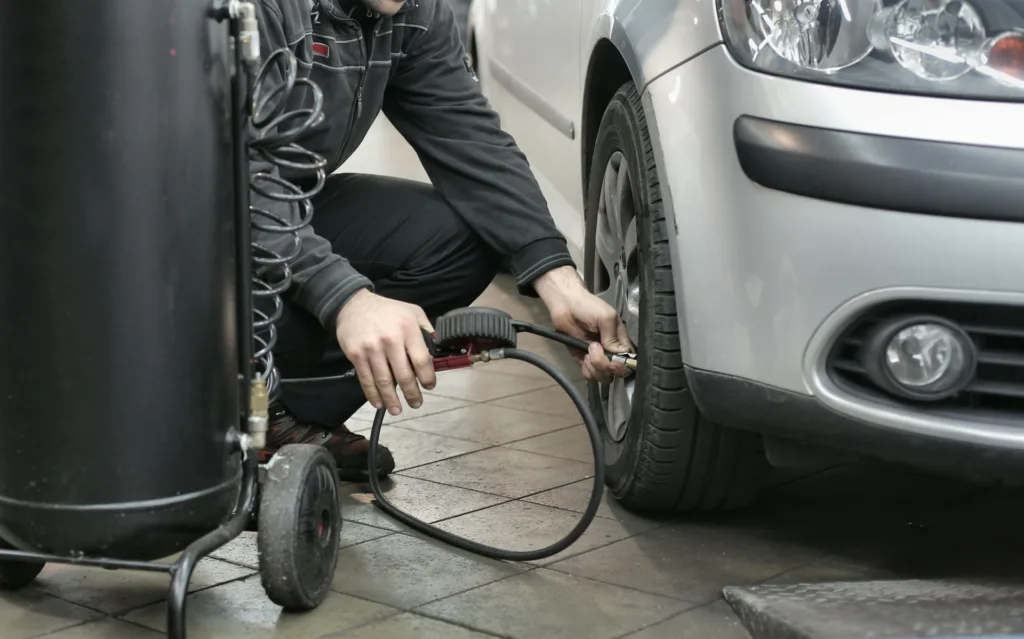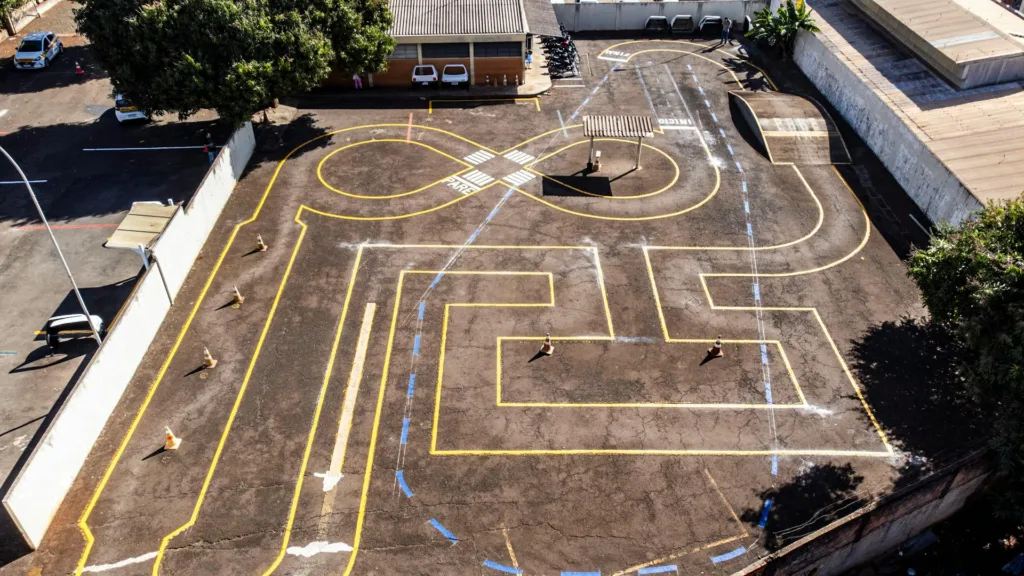
Ensuring vehicle safety features are in place is one of the most important vehicle safety tips for fleet managers. A proactive strategy towards safety can help drastically minimize accidents, shield drivers, and reduce downtime.
In this article, we outline key safety features every fleet should implement – from reflective tape for vehicles (using reflective tape on cars, vans and HGVs alike for night visibility) and advanced driver assistance systems to essential safety equipment each vehicle should carry.
Most Important Safety Features for Vehicles
By investing in the right measures, fleet managers can enhance safety for both drivers and the public while also ensuring regulatory compliance. For example, adding reflective tape for cars and lorries (trucks) improves their visibility in low-light conditions, making collisions less likely, so what are some of the different safety features to consider?

1. High-Visibility Reflective Markings – One of the simplest yet most effective features is adding high-visibility markings and reflective strips to fleet vehicles. Reflective tape for fleets greatly improves night-time visibility. In many regions, large commercial vehicles are required to have red-and-white conspicuity tape on trailers for this reason. Installing reflective tape on the fleet vehicles makes it possible for other drivers to see the vehicles under low-light conditions or from great distances, which is proven to result in fewer accidents.
2. Advanced Driver Assistance Systems (ADAS) – Advanced fleets are enabled by a suite of electronic safety offerings. These include rear-view cameras and proximity sensors that help drivers detect obstacles when reversing, lane departure warning systems, and blind-spot monitors. For example, reversing cameras and alarms provide an audible or visual alert to prevent backup accidents, while blind-spot sensors can warn of vehicles alongside the fleet vehicle. ADAS features serve to be the driver’s additional set of eyes and ears to counteract frequent fleet accident causations.

3. Telematics and Driver Monitoring – GPS tracking devices and telematics devices not only enhance fleet efficiency but also enhance safety. These devices allow fleet managers to monitor vehicle safety measures such as speed, harsh acceleration, and harsh braking. Fleet managers receive alerts or reports on unsafe driving behaviours, allowing for targeted training and corrective action – a proactive vehicle safety tip that fosters a culture of safety. Some telematics systems can even limit vehicle speed or provide in-cab coaching to drivers (for instance, sounding an alert if the driver isn’t wearing a seatbelt or exceeds speed limits).
4. Onboard Safety Equipment – Each fleet vehicle must have a set of basic emergency and roadside equipment. These often consist of a first aid pack, a fire extinguisher, a warning triangle, and driver and passenger reflective jackets. Triangles or cones may also be used in breakdowns or accidents to warn approaching traffic. High-vis vests ensure personnel are seen by other drivers. Stocked first aid kits facilitate instant reaction to small injuries. These are inexpensive but are vital to on-road safety and are frequently required by company regulations or country laws.

5. Preventative Maintenance and Tyre Safety – While not a “feature” you install, rigorous maintenance is a fundamental part of fleet safety. Check that tyres are maintained in a state of adequate tread and correct pressure, as tyres are a major cause of accidents. Regular inspection of the brakes and ensuring that lights and signals are in satisfactory working order are also necessary. Many fleets implement pre-drive inspection checklists as a vehicle safety tip, requiring drivers to verify that indicators, brake lights, and horns are functioning and that load securements are tight. A well-maintained fleet is far less likely to experience incidents due to equipment failure.
6. Driver Training and Safety Policies – Technology and equipment work best when paired with well-trained drivers. Regular safety training sessions help drivers stay updated on the latest defensive driving techniques and remind them of the importance of seat belts, speed management, and proper following distances. Enforcing policies (such as zero tolerance for mobile phone use while driving) further reinforces safe behaviour. Fleet managers might also consider incentive programs that reward accident-free driving records, turning safety into a positive competition among drivers.

Why Invest in Fleet Safety
Companies choosing to install these essential markings and protective tapes invest in a safer vehicle fleet that not only keeps their drivers safe but also the general public, while at the same time improving the efficiency of their daily operations with less downtime due to accidents.
High-visibility reflective markings – such as the red-and-white tape on the yellow fleet truck shown – make large vehicles much more noticeable, especially at night. This reflective conspicuity tape helps other road users see the vehicle from a distance, greatly reducing the risk of collisions. It’s a simple addition that significantly improves fleet safety in low-light conditions.
Along with these measures, it’s best to add some convenient extras to the vehicle. It’s helpful to have a roll of general-purpose tapes handy to make quick repairs or hold loose pieces together in emergency situations. Similarly, protective films or protection tapes applied to areas that tend to scratch can save your vehicle’s branding and safety decals.

Regular inspection and maintenance of safety markings is another crucial step to ensuring fleet-wide safety over the long term. Reflective tapes and protective films wear out over time from weather conditions, debris on roads, or repeated washes.
Beyond security, the installation of quality tape and protective supplies also lends to a clean, professionally maintained fleet image. Blemish-free markings and damage-free surfaces send a positive image to the public and to customers alike, which reinforces the image of responsibility and concern of the company. For businesses where the image is displayed on each vehicle, preserving that image through protection isn’t simply wise — it’s the key to gaining trust and driving business.
Final Thoughts
Ultimately, working with an adhesive manufacturer in the UK makes it easy to obtain the highest-quality reflective tapes, markers, and other similar equipment to keep your fleet safe and legal according to local regulations. By prioritising safety equipment and functionalities now, fleet managers set the stage for reduced accidents and a wiser, responsible fleet.
